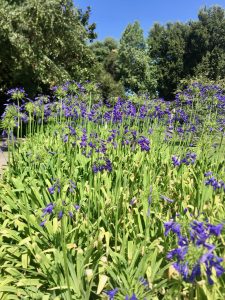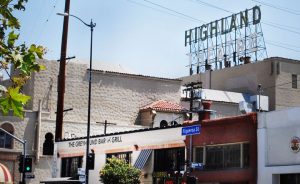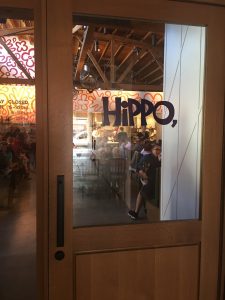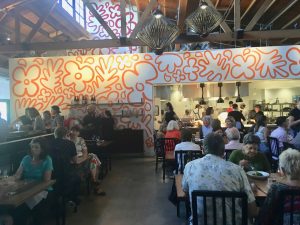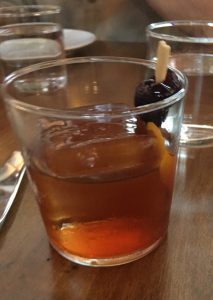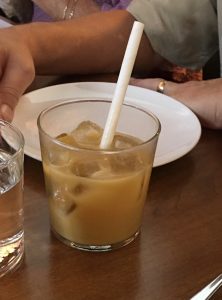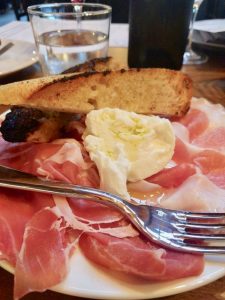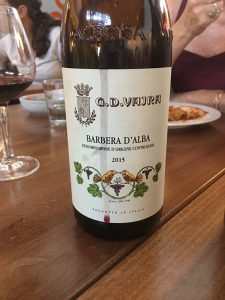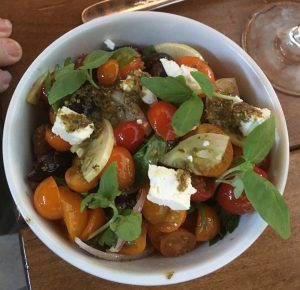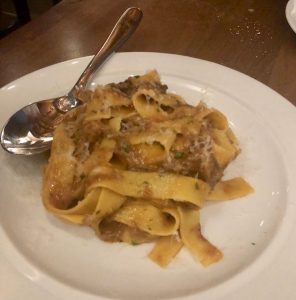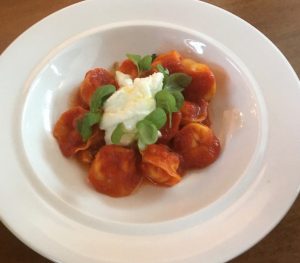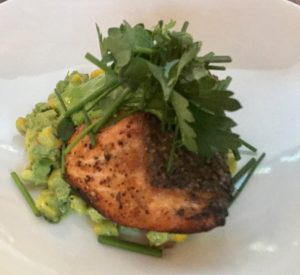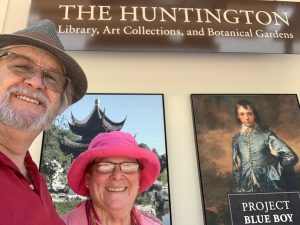
Located in San Marino, about 5 miles from where we used to live in Alhambra, is the Huntington Library, Art Collections and Botanical Gardens. Over the years we had visited this lovely spot to explore the art collection and see all the amazing gardens. Then, after Janeen retired 10 years ago or so, she became a volunteer – docent in the Herb Garden and loved the experience tremendously (as a result of her time in the Garden, I have now realized that periodically we need to visit gardens where ever we are – Longwood Gardens in Pennsylvania, Luxembourg Gardens in Paris, Monet’s Garden in Giverny, Tivoli Garden in Italy to name just a few). While visiting in SoCal on this trip she has been to the Huntington Gardens three times already.
The Huntington Library, Art Collections and Botanical Gardens, colloquially known as The Huntington, is a collections-based educational and research institution established by Henry E. Huntington (1850–1927).
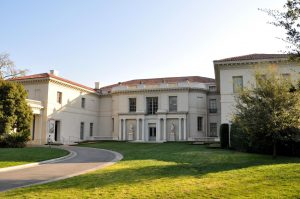
Henry was an avid collector of art, books and plants from all over the world. As a result he amassed a huge collection that overflowed his home and extended into several buildings on his property. With over 120 acres of specialized botanical landscaped gardens including world famous Japanese Garden, Desert Garden and an ever expanding Chinese Garden, he left the entire estate to a foundation to continue his dream of expanding the place. The overall estate is divided into three categories: Library, Artworks and Gardens.
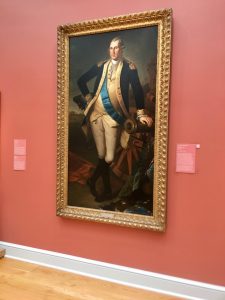
The Library contains a substantial collection of rare books and manuscripts, concentrated in the fields of British and American history, literature, art, and the history of science. Highlights include one of eleven vellum copies of the Gutenberg Bible known to exist, The Ellesmere manuscript of Chaucer (ca. 1410) and letters and manuscripts by George Washington, Thomas Jefferson, Benjamin Franklin and Abraham Lincoln. The Library’s Main Exhibition Hall showcases some of the most outstanding rare books and manuscripts in the collection, while the West Hall of the Library hosts rotating exhibitions. The collection is available for scholars to do research.
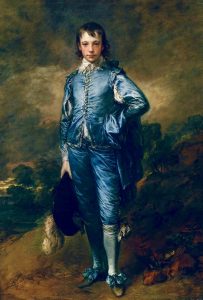
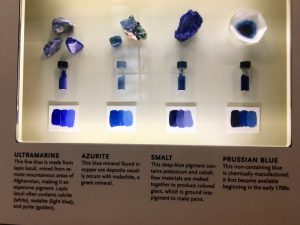
The Art Collection is displayed in both a permanent installation and special temporary exhibitions in several buildings on the property. The European collection, consisting largely of 18th- and 19th-century British & French paintings, sculptures and decorative arts, is housed in The Huntington Art Gallery, the original Huntington residence.
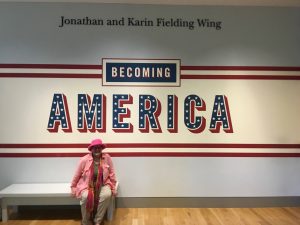
Also included in the art collection is a spectacular collection of American art from the 18th century French tapestries, porcelain, and furniture. Complementing the European collections is a collection of paintings, prints, drawings, sculptures and photographs dating from the 17th to the mid 20th century. Interestingly, Huntington did not originally collect American Art.
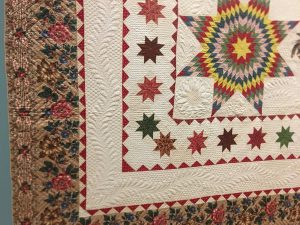
The institution started this collection in 1979 with the gift of some 50 significant paintings from Virginia Steel Scott – since then significant works by American craftsmen and artists are displayed in the Lois and Robert F. Erburu Gallery, a modern classical addition designed by Los Angeles architect Frederick Fisher. Highlights among the American art collections include Breakfast in Bed by Mary Cassatt, The Long Leg by Edward Hopper, Small Crushed Campbell’s Soup Can (Beef Noodle) by Andy Warhol, and Global Loft (Spread) by Robert Rauschenberg. As of 2014, the collection numbers some 12,000 works, ninety percent of them drawings, photographs and prints. Addition of the American wing highlights quilts, furniture, fabric arts and paintings under the banner Becoming America.
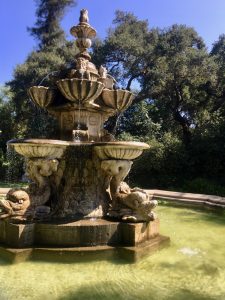
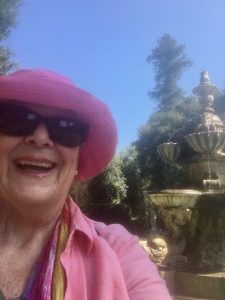
Botanical Gardens – clearly the most important part as far as Janeen is concerned – consists of over 120 acres and showcases plants from around the world. The gardens are divided into more than a dozen themes including Camellia collection, Children’s Garden, Desert Garden, Herb Garden, Japanese Garden,

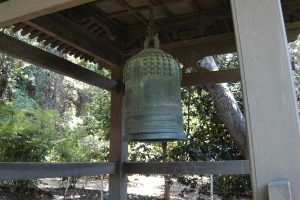
Rose Garden,
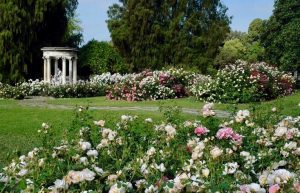
Chinese Garden
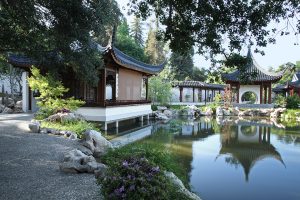
and other themed areas.
The Desert Garden, one of the world’s largest and oldest outdoor collections of cacti and other succulents, contains plants from extreme environments, many of which were acquired by Henry E. Huntington and William Hertrich (the garden curator during Huntington’s time).
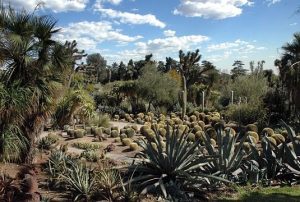
One of the Huntington’s most botanically important gardens, the Desert Garden, brings together a plant group largely unknown and unappreciated in the beginning of the 1900s. Containing a broad category of xerophytes (aridity-adapted plants), the Desert Garden grew to preeminence and remains today among the world’s finest, with more than 5,000 species. Hertrich is rumored to have travelled all over the southwest (including Mexico) digging up various plants to bring back to San Marino.

One of the interesting things I’ve learned is that when transplanting a large cactus , it really must be planted facing the same way(compass direction) from its original planting to be successful.
The Herb Garden – truly the most important Garden to Janeen where she spent the most time and was an active Docent for a number of years including helping to train volunteers, was constructed in the 1970s.
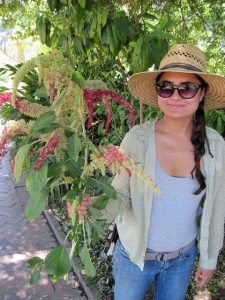
This garden contains many unusual herbs as well as many that are well known. Favorites from grandmother’s day, such as horehound, licorice, lavender, mignonette, and heliotrope, evoke happy memories for many visitors.
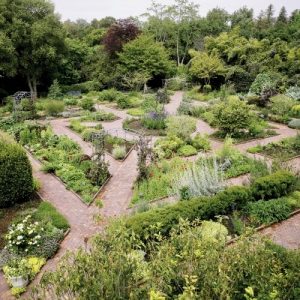
The garden is arranged according to the uses made of the herbs: medicines; teas; wines and liqueurs; cooking, salads, and confections; cosmetics, perfumes, and soaps; potpourris and sachets; insect repellents; and dyes.
The Southern California climate allows The Huntington to grow many herbs and even some spices not found in traditional herb gardens.
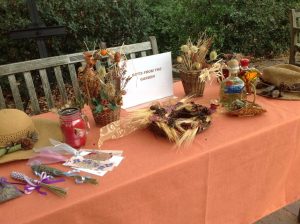
These include, but are not limited to, plants that produce coffee, tea, mate, hops, and jojoba.
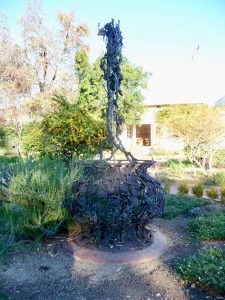
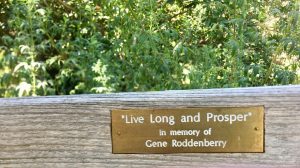
Many larger and shade loving herbs are planted outside the beds, along the perimeter of the garden. Janeen particularly enjoys the scented geraniums, lemon verbena, mints, almond verbena, allspice and lavender.
